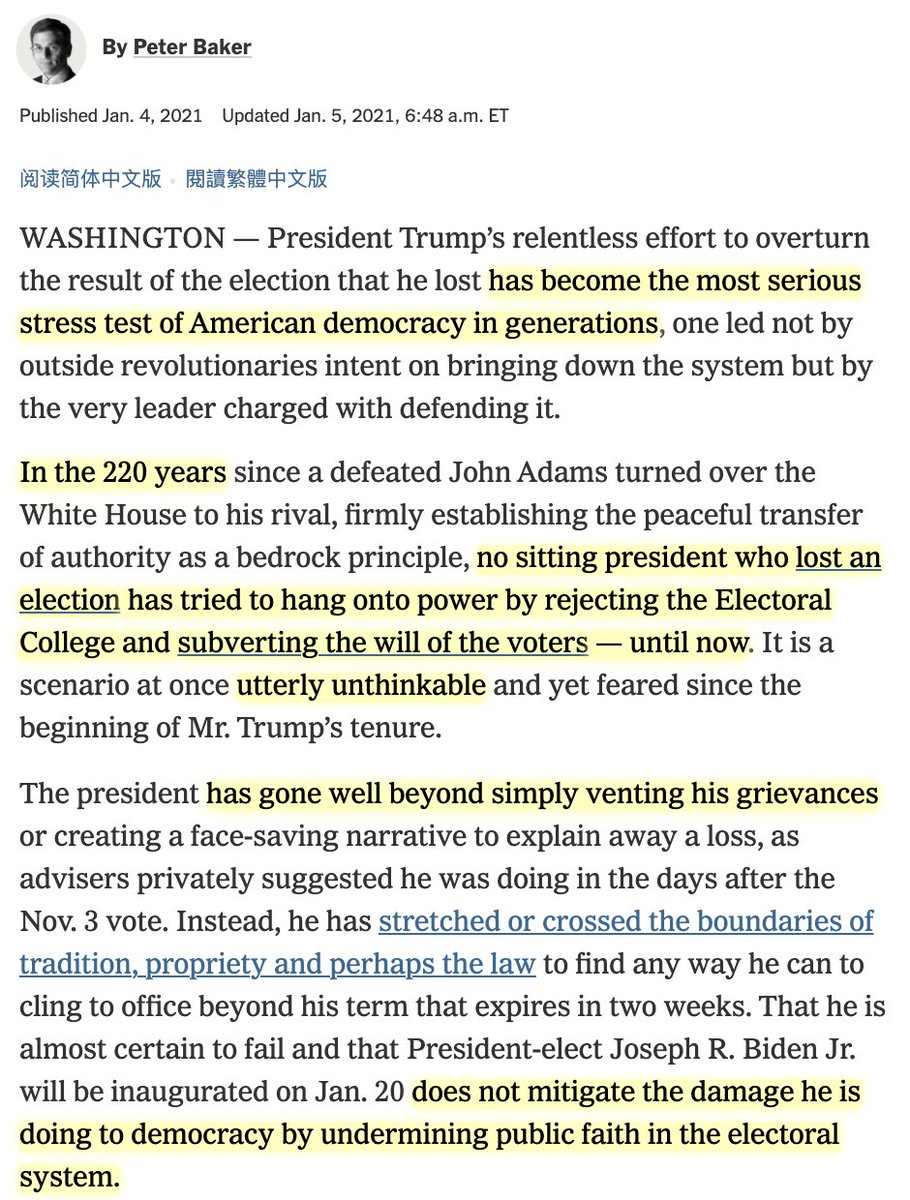
Don't think there's been any point in the pandemic at which there's been such a confusing mix of good *and* bad COVID news. I actually think the good > bad, but there's plenty of both, and it's worth thinking about how people react to the uncertainty and confusion that creates.
I guess what I'm getting at is that uncertainty demands nuance, but ironically, people aren't looking for nuance at times of greater uncertainty! They're tired of the uncertainty and want simplicity and even dogmatism.
One obvious example is you've seen an uptick in people scolding images depicting both behaviors that are quite dangerous (that supermarket in Florida where no one's wearing a mask!😬) and others showing e.g. relatively safe outdoor activities. We've lost some of the nuance there.
"How should people change their behaviors once they've been vaccinated but there's still a lot of community spread?" is another question that requires nuance but often isn't getting it.
• • •
Missing some Tweet in this thread? You can try to
force a refresh






